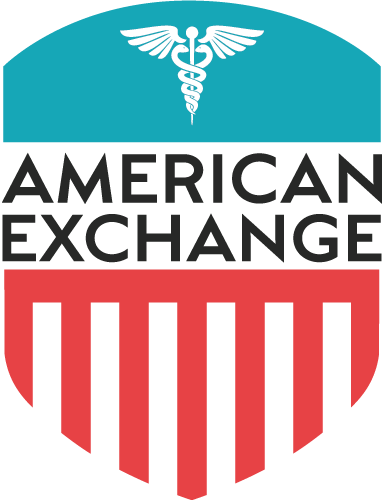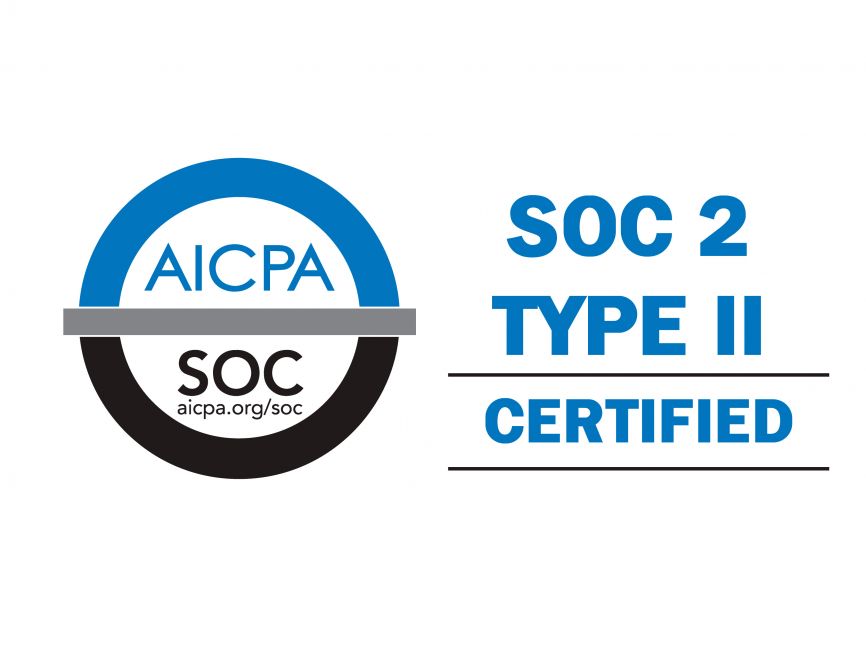Before the implementation of the Affordable Care Act, nonprofit hospitals had to meet certain criteria to maintain their tax-exempt status with the IRS. Since the IRS views health promotion as a charitable cause, hospitals can be exempt from paying Federal Income tax. The PPACA, or “Obamacare”, expands the criteria that hospitals need to meet to maintain that tax-exempt status to include provisions that require access to financial assistance programs for low income and uninsured individuals.
The PPACA requires that the financial assistance programs provided by nonprofit hospitals be clearly written and include the following elements:
- Eligibility information defining which individuals are eligible for free or discounted care
- How eligible individuals are charged for services
- How the hospital will bill patients for services
- Required documentation to determine eligibility for financial assistance
- Collections efforts to recuperate missed payments for patient shares of the discounted services
- Actions to communicate the policy within the community

Strangely, the IRS guidance on financial assistance programs does not give any specific requirements as to which patients the financial assistance programs must serve. Hospitals make this evaluation on behalf of patients using their discretion. Logically, a hospital would set up a plan to serve the individuals that fall in a coverage gap – those that earn too much to qualify for Medicaid but earn too little to be eligible for tax credits through The Marketplace.
Individuals in the coverage gap are the primary source of bad debt and uncompensated health care services for nonprofit hospitals. The biggest challenge hospitals face is determining patient eligibility for financial assistance programs. If a hospital sets eligibility requirements too low, then many patients are not eligible, and the hospital faces the argument that the financial assistance plan is not charitable. If the hospital sets the eligibility too high, then hospitals run the risk of providing financial assistance to individuals who may be eligible for low-cost coverage through the Marketplace or Medicaid.

Many hospitals use the current Federal Poverty Level guidelines to create financial assistance programs. For example, if you are under 100% FPL, then you would pay X% of billed charges. Many programs extend assistance to individuals in between 100% and 150% of FPL, where an individual would also qualify for low-cost health insurance through the Marketplace. The plans available to individuals and families between 100% and 150% FPL also are provided cost sharing reductions that enrich plans in the silver tier to equal benefit value of platinum plans.
Conversely, a patient may experience other obstacles in obtaining affordable coverage with cost-sharing reductions through the Marketplace. For example, a patient may have access to coverage through work or may be married but filing taxes separately–either circumstance renders a patient ineligible for tax credits.
In conclusion, each individual applying for financial assistance programs needs to exhaust all of their coverage options in the public and private insurance markets during the application process. Hospitals can always design appropriate eligibility requirements for financial assistance programs, but knowledge of all coverage options from the outset is most important for patients and hospitals alike.
Andrew Hetzler is the Chief Operating Officer of American Exchange. For a free consultation with a licensed agent call 1-888-995-1674 or email info@americanexchange.com. To contact Andrew directly, you can email him at andrew.hetzler@americanexchange.com.

